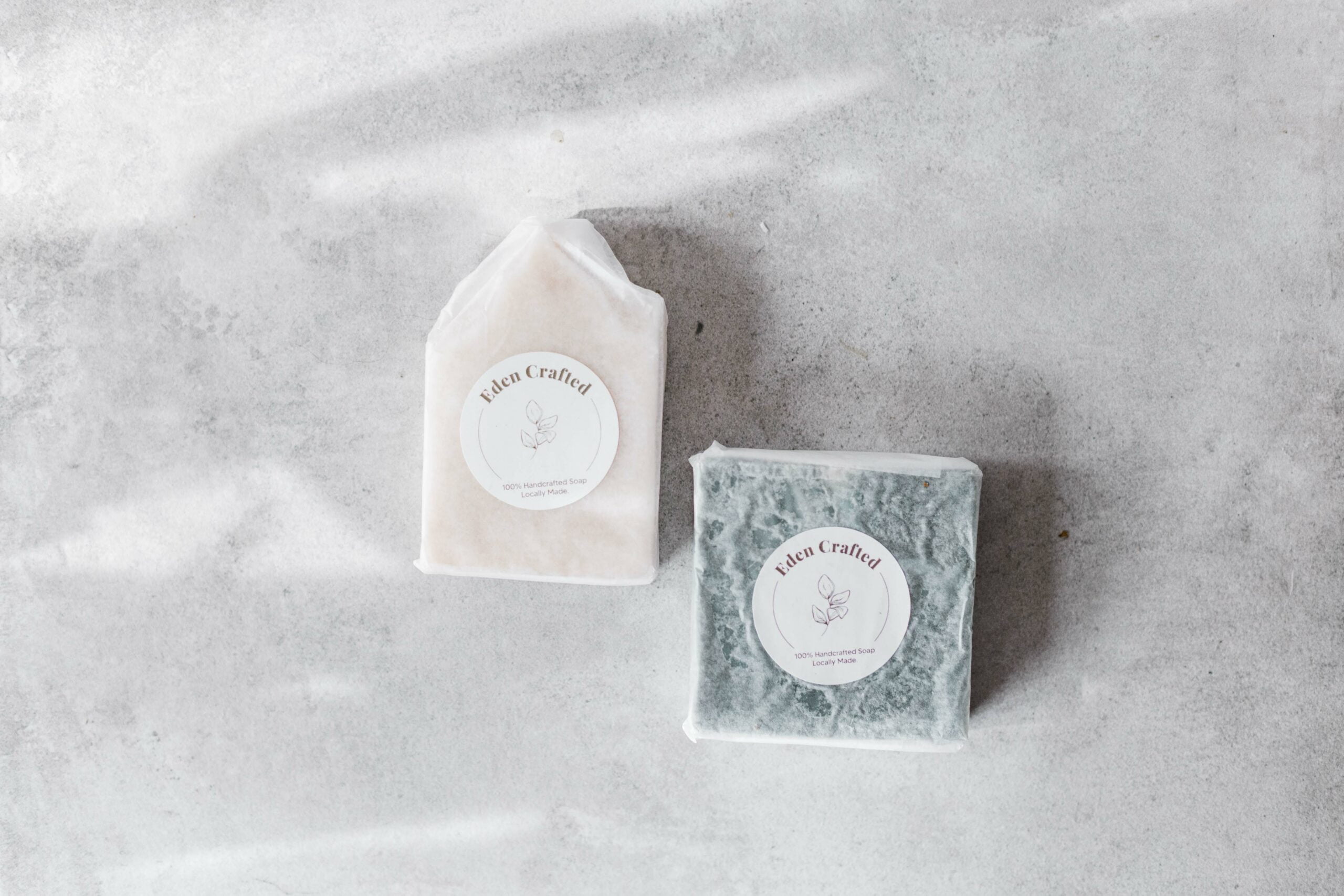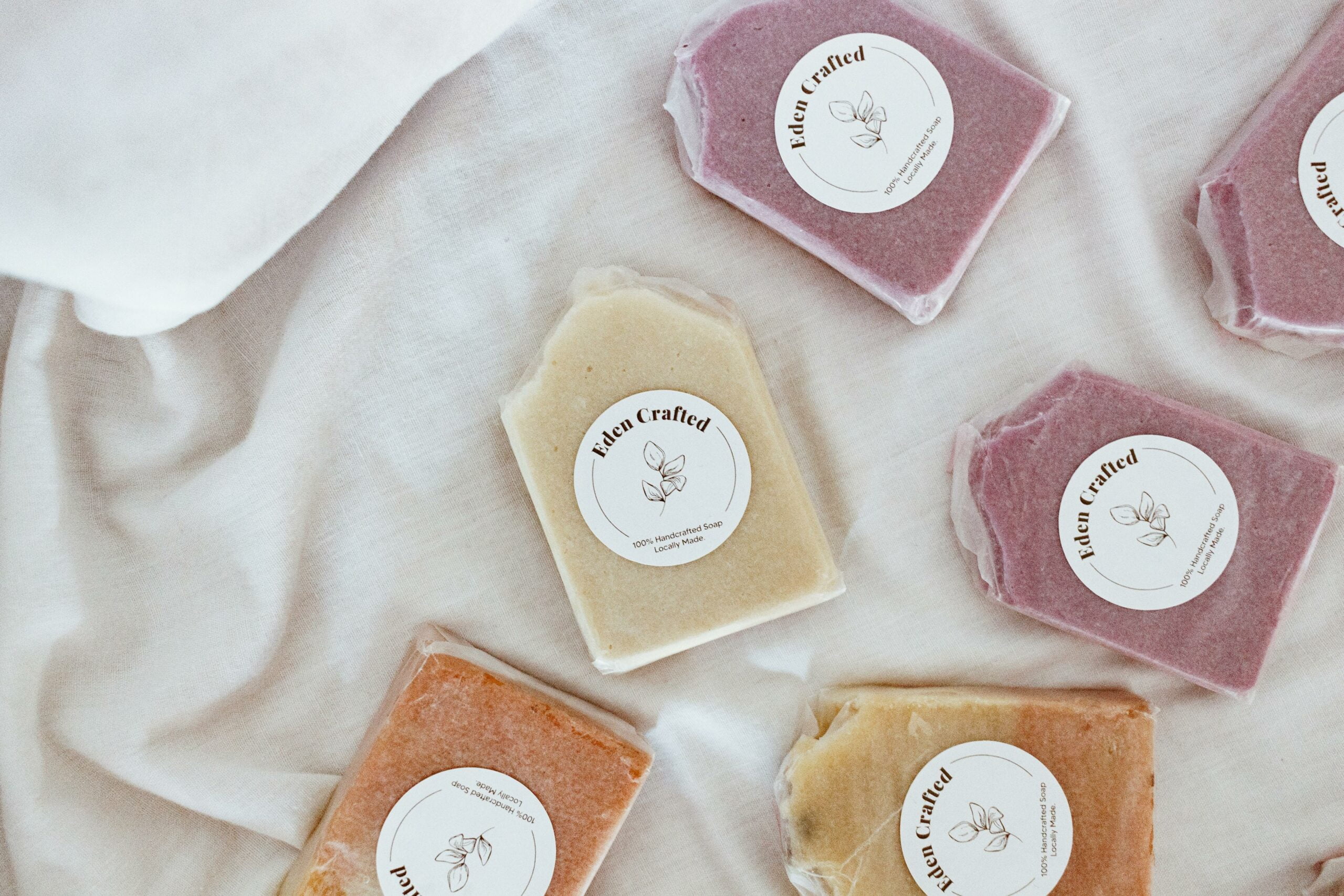Are you ready to dive into the captivating world of soap making? If you’re a fan of natural bath products and have a curious mind, get ready to explore a treasure trove of fascinating soap making facts. In this article, we’ll uncover the secrets behind crafting luxurious suds that not only cleanse your skin but also awaken your senses. From the chemistry of soap making to the cultural significance of this ancient art, prepare to be enlightened and inspired. So, roll up your sleeves and join me on a journey filled with creativity, knowledge, and a sprinkle of magic as we delve into the captivating world of soap making.

Soap Making Facts
When it comes to soap making, there’s a whole world of fascinating facts to discover. Whether you’re a seasoned soap maker or just starting out on your creative journey, these soap making facts will provide you with valuable insights into this ancient craft. So, let’s dive in and explore the wonders of soap production!
The Chemistry Behind Soap Making
Soap making is a delicate balance between art and science, and understanding the chemistry behind it is essential. By combining fats or oils with an alkaline solution, a process known as saponification occurs. This chemical reaction produces soap and glycerin, which is a natural humectant that helps to lock in moisture. So, every time you lather up with a bar of soap, you’re benefiting from the chemical wizardry of saponification!
“Soap making is a beautiful dance of chemistry, where fats and alkali come together to create cleansing magic.”
Historical Significance of Soap Making
Soap making has a rich history that dates back centuries. The ancient Babylonians were one of the first civilizations to produce soap by mixing fats with ashes. In ancient Rome, soap became an essential part of personal hygiene, with entire bathhouses dedicated to cleansing rituals. Soap making techniques spread across the globe, and different cultures developed their own unique recipes and methods.
“Soap making is not only a craft but also a window into our past, connecting us with the traditions and rituals of our ancestors.”
Choosing Sustainable Ingredients
Today, soap makers are embracing sustainable practices and choosing ingredients that are gentle on both your skin and the environment. Natural oils such as olive, coconut, and shea butter are popular choices due to their nourishing properties. Essential oils derived from plants add wonderful scents and therapeutic benefits to handmade soaps. By opting for these eco-friendly ingredients, you can enjoy a luxurious bathing experience while minimizing your carbon footprint.
“Choosing sustainable ingredients is not just a trend; it’s a conscious choice to protect our planet and pamper ourselves.”
The Art of Soap Design
Soap making is not just about cleanliness; it’s also an opportunity to unleash your creativity. From vibrant swirls and delicate flower patterns to intricate marbling effects, the possibilities for soap designs are endless. By using different colors, textures, and additives like dried botanicals or exfoliating ingredients, you can transform a simple bar of soap into a work of art. So, why settle for boring commercial soaps when you can create your own masterpiece?
“Soap making is like painting on a canvas, except your artwork gets you squeaky clean!”
The Importance of Safety in Soap Making
While soap making is a wonderful hobby, it’s crucial to prioritize safety throughout the process. Working with lye, a caustic substance used in soap making, requires careful handling and protective gear. It’s essential to follow recipes and measurements precisely and invest in proper equipment. By taking these precautions, you can ensure a safe and enjoyable soap making experience.
“Safety is the foundation of successful soap making. Protect yourself and enjoy the creative journey.”
Exploring Soap Making as a Business
If your passion for soap making knows no bounds, you may consider turning it into a business. By offering unique handmade soaps, you can cater to a niche market of individuals seeking natural and sustainable alternatives to commercial products. However, it’s important to understand the challenges and requirements of starting a soap making business. From sourcing ingredients to marketing your products, taking a business-minded approach can help you succeed in this competitive industry.
“Soap making can be a rewarding business venture, turning your passion into a thriving enterprise.”
So, whether you’re simply curious about soap making or eager to embark on your own handmade soap adventure, these soap making facts provide a glimpse into the captivating world of soap production. By blending your expertise, creativity, and conscious choices, you can create soaps that not only cleanse but also nourish both your skin and soul.
“Soap making is a delightful fusion of science, art, and sustainability, offering endless possibilities for creating your perfect bar.”
Here are some fun facts about soap making that will leave you amazed! Did you know that soap making dates back to ancient Babylon in 2800 BC? It’s incredible to think that this art has been perfected over thousands of years. If you’re interested in diving deeper into the fascinating world of soap making, we’ve got you covered. Click here to uncover some captivating fun facts about soap making: fun facts about soap making. Get ready to be surprised and learn something new about this timeless craft. Don’t miss out on this intriguing exploration!
FAQ
Question 1: What are some interesting facts about soap making?
Answer 1: Soap making has a rich history that dates back to ancient civilizations. For example, the Babylonians were known to create soap as early as 2800 BC using a mixture of animal fats and ashes. Additionally, during the Middle Ages in Europe, soap making was a highly regarded craft that was often passed down through generations.
Question 2: How is soap made?
Answer 2: Soap is typically made through a process called saponification, which involves combining fats or oils with an alkali, such as sodium hydroxide or potassium hydroxide. This chemical reaction creates soap and glycerin. The soap making process can also include the addition of fragrance oils, essential oils, and other ingredients to enhance the soap’s properties.
Question 3: What are some common ingredients used in soap making?
Answer 3: Soap makers often use a variety of natural ingredients in their creations. Some common ingredients include oils such as olive oil, coconut oil, and palm oil; butters like shea butter and cocoa butter; and additives like clays, botanicals, and exfoliants. These ingredients can be combined in different ratios and with various scents to create unique and beneficial soaps.
Question 4: Are handmade soaps better for the skin compared to commercial soaps?
Answer 4: Handmade soaps often have distinct advantages compared to commercial soaps. While commercial soaps can contain harsh detergents and synthetic additives, handmade soaps are typically made with natural ingredients and retain the skin-nourishing glycerin. Additionally, artisans soap makers can tailor their recipes to address specific skin conditions and preferences, making their soaps more suitable for individual needs.
Question 5: How can soap making be a sustainable practice?
Answer 5: Soap making can be a sustainable practice by prioritizing environmental-friendly choices. This includes using responsibly sourced ingredients, such as sustainable palm oil or organic oils, and avoiding the use of synthetic fragrances and colorants. Artisan soap makers can also opt for eco-friendly packaging materials, such as biodegradable or recyclable options, to minimize waste. By adopting these practices, soap making can contribute to a greener and more conscious personal care routine.
- Unlock Water’s Symbolism: A Cross-Cultural Exploration - April 20, 2025
- Identify Black and White Snakes: Venomous or Harmless? - April 20, 2025
- Unlocking Potential: Origins High School’s NYC Story - April 20, 2025















